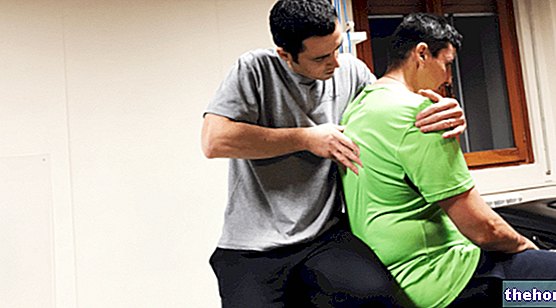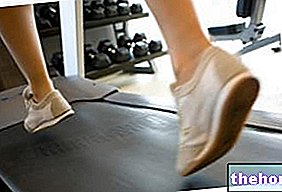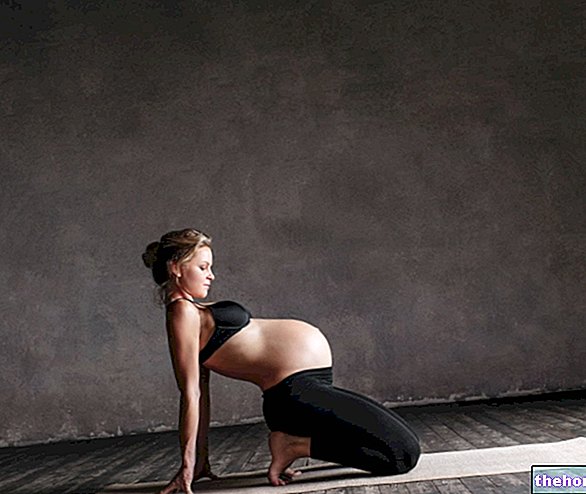Metatarsal fractures caused by stress are quite common among sportsmen and those who make prolonged high efforts. Runners and those with flat or hollow feet are particularly affected.
it is a part of the skeleton of the foot composed of five long and thin bones, arranged parallel. He can be prone to various types of injuries, including stress injuries.
Metatarsal stress fractures, unlike others, do not have as their cause a specific traumatic event or the lack of certain substances in the bone tissue, but are triggered by a progressive wear of the affected area, due to repeated and cyclical stresses that exceed resistance. intrinsic to healthy bone. A training carried out in the wrong way or with an unsuitable posture can also cause them to appear which, if prolonged over time, risks causing this and other problems.
The metatarsus most often affected by stress fractures is the second, but the incidence of the phenomenon on the third and fourth is not rare either. Less frequent, however, on the first and fifth.
Symptoms
It is not always easy to understand when you are faced with such a situation, but there are some signs that, if they appear, it is necessary to investigate. The first is the presence of a swelling on the back of the foot, accompanied by redness and sometimes, but not always, by a rise in the temperature of the skin in the affected area. Furthermore, by pressing lightly on the area, you may feel pain and, if you try to move your foot, you may experience a limitation of functionality, up to the level of experiencing difficulty in walking.
Diagnosis
If you are in doubt about having a metatarsal stress fracture you need to undergo an x-ray two or three weeks after the trauma, so that the examination can highlight it with certainty. If this does not happen but the doubt remains, it is useful to undergo an MRI scan, on the other hand, may be more indicated during follow up.
Therapy
If the diagnosis confirms the doubts and you find yourself having to deal with a metatarsal stress fracture, the therapy consists mainly in "observing a rest period, established as a duration by your doctor depending on the severity of the situation. In the acute phase. you may also need to help with ice and anti-inflammatory therapy.
As for the rehabilitation phase, before returning to full capacity it will be necessary to use orthopedic shoes and crutches. Magnetotherapy and shock wave therapy can also speed up recovery times.
and at the dance. However, this type of injury can affect anyone, even those who do not play sports at a high level, but are limited to a long walk in unsuitable shoes.Furthermore, even the most trivial daily activities can cause this trauma, if they require a greater physical effort than usual or prolonged over time, such as a move or particularly intense domestic work.
Additionally, some slight anatomical abnormalities such as a pes cavus or flat foot can further increase the risk.
The flat foot is a conformation of the foot characterized by the flattening of the plantar vault and the valgus-pronation of the heel and can contribute to the onset of ankle and knee problems.
The pes cavus is a congenital or acquired malformation which consists in an excessive accentuation of the height of the plantar arch.
d "Achilles slightly retracted or flat or hollow foot.Here are some useful stretching exercises.
Toe lift
- Sit in a chair with your back straight and your feet flat on the floor.
- Raise your heels and keep your toes on the ground.
- Press lightly and hold the position for a few seconds.
- Return to the starting position and repeat the exercise 10 times.
Achilles tendon stretch
- From a standing position, face a wall, with your arms extended forward and palms on the vertical surface.
- Extend one leg behind you and bend the opposite knee, making sure to keep both heels flat on the floor.
- Bend your hips until the Achilles tendon and calf muscle are stretched, bringing them both into traction.
- Hold the position for 30 seconds and return to the starting position.
- Change leg.
- Repeat the exercise three times on each side.




























